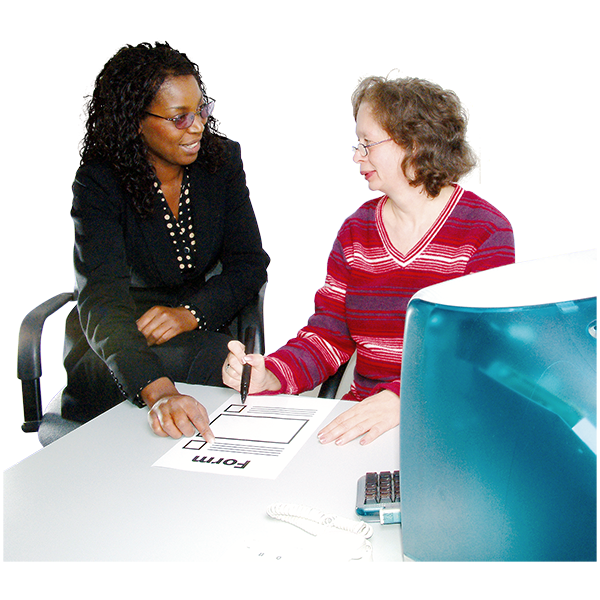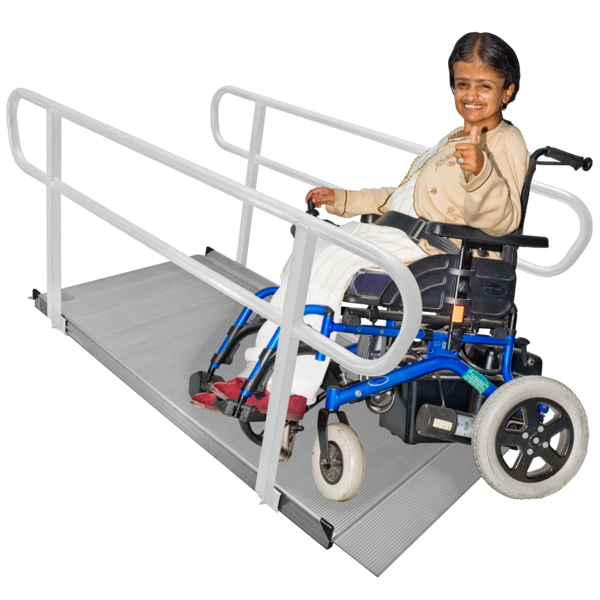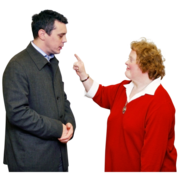Keeping safe in care homes
How care homes and supported living make decisions about keeping you safe

Since coronavirus came, there have been lots of changes to the way we live.
There have been new laws about meeting up in big groups, and not travelling too far.

We have needed to do lots of things to keep ourselves safe, like washing our hands a lot and social distancing.

Support workers have been wearing Personal Protective Equipment (PPE) like gloves, face coverings and aprons.
If you live in
supported living
 Supported living is when you live in your own home with support from staff. People who live in supported living have a tenancy agreement.
or a
care home
Supported living is when you live in your own home with support from staff. People who live in supported living have a tenancy agreement.
or a
care home
 A care home is a place where people who need support live. There are staff there all the time.
there may have been extra changes and rules at the place where you live.
A care home is a place where people who need support live. There are staff there all the time.
there may have been extra changes and rules at the place where you live.

People who live in care homes or supported living sometimes need to follow extra rules and take care.
For example:
- Maybe you have to use the shared areas one at a time.
- Maybe you have not been allowed to have visitors at home, even when the law says people can have visitors.
- Maybe there are extra rules about who you can visit, and what you must do when you come back.

Who makes the choices about the extra rules for care homes and supported living?
The government
 The Government are the people who run the country. The Government decide how much tax people should pay and how things like the National Health Service (NHS) should work.
makes rules and advice that care home managers and supported living managers have to follow.
The Government are the people who run the country. The Government decide how much tax people should pay and how things like the National Health Service (NHS) should work.
makes rules and advice that care home managers and supported living managers have to follow.
The rules say that care homes and supported living must work in a way that keeps people safe from coronavirus.

To work out what they should do, the care home and supporting living managers have to do a risk
assessment
 An assessment is a way of finding out what help a person needs. When you have an assessment, you might have to go to a meeting or fill in a form.
.
An assessment is a way of finding out what help a person needs. When you have an assessment, you might have to go to a meeting or fill in a form.
.
A risk assessment is when the managers work out the safest way to do the things that people want to do.
A risk assessment thinks about what things could go wrong, and how to stop those things from happening.
A coronavirus risk assessment tries to stop people catching coronavirus when they live together.
A coronavirus risk assessment may think about how people move around where they live, or how people come and go.

The managers at the care home or supported living do the risk assessment.
Every care home, or supported living, is different.
So what the risk assessment says will be different in every care home or supporting living.
The government sets more rules for care homes than supported living.
The managers of a care home have to think about these extra rules when they do a risk assessment.

At the end of a risk assessment, the managers decide how to do things in the place where you live.
They will make decisions on how people move around in the place where you live
They will make decisions about how people can come and go from the place where you live.
They will make decisions about having visitors or going out to visit someone else.

How do I know if a decision about keeping me safe from coronavirus is right?

Managers should think about these things when they make decisions:
They should think about how to stop people catching coronavirus.

They should also think about making sure people have a good and happy live, doing the things they want to do.

The managers should ask what everyone thinks.

The managers should listen to what you want.

Where it is the right thing to do, the managers should also speak to the people who are important to you, like your family and friends.

The managers should think about the wishes and needs of everyone who lives there.
The managers should make sure that all the people who live there have equal
rights
 Rights are the things everyone should be allowed to do like have a say, or go to school.
.
Rights are the things everyone should be allowed to do like have a say, or go to school.
.

The managers should be willing to try new things and make things work where they can.

The managers should make sure they understand all the government rules and advice.
The managers should think about using things like testing or PPE to make things safer.

The managers should do everything they can to make sure you can move around and have your freedom.

The managers should give you
accessible
 Accessible means something is easy for people to use or join in with. For example: Accessible writing means the writing is easy to read and understand.
information and explain things in a way that you can understand.
Accessible means something is easy for people to use or join in with. For example: Accessible writing means the writing is easy to read and understand.
information and explain things in a way that you can understand.

The managers should be really honest with you about what they can and can't do.

You should feel encouraged to ask questions.
There might be things you want to do that are not possible.
If that happens the managers should talk with you about what you could do instead.

You can speak to anyone who works in the place where you live about this.

You should always feel able to speak to the managers.

You should feel safe to speak up if something does not feel right.

You should feel encouraged to speak up about what is going well, so they can carry on getting it right.

Who can I speak to if I am worried?
If you are worried about something, or are not sure a decision is right, speak to someone about it.

You should feel able to speak to any of the people who work in the place where you live, like your support workers or managers.

You should be able to choose the member of staff that you want to speak to.

You may prefer to speak to someone else:

You could speak to the
community
 A community is the people and places in an area.
learning disability
A community is the people and places in an area.
learning disability
 A learning disability is to do with the way someone's brain works. It makes it harder for someone to learn, understand or do things.
team
A learning disability is to do with the way someone's brain works. It makes it harder for someone to learn, understand or do things.
team

You could speak to your
social worker
 A social worker is someone who can help you get the support you need. Social workers usually work for your local council.
if you have one.
A social worker is someone who can help you get the support you need. Social workers usually work for your local council.
if you have one.

You could speak to a learning disability nurse.

You many want to speak to an
advocate
 An advocate is a person who can help you have your say. An advocate can speak up for you if you find it hard.
.
An advocate is a person who can help you have your say. An advocate can speak up for you if you find it hard.
.

Your support workers should help you find an advocate.

You could speak to friends and family.
You could speak to your housing provider.

Hopefully you can sort out any problems. but if you need to, you can make a complaint.

Ask your support provider how to make a complaint where you live.
If you are worried that you are in danger, or at risk of abuse, you can call safeguarding.
Ask the other people on this list to help you to speak to the safeguarding team.

You could speak to the Care Quality Commission if they come to inspect the place where you live.

If you want more advice or information you can call the learning disability helpline on 0808 808 1111.
